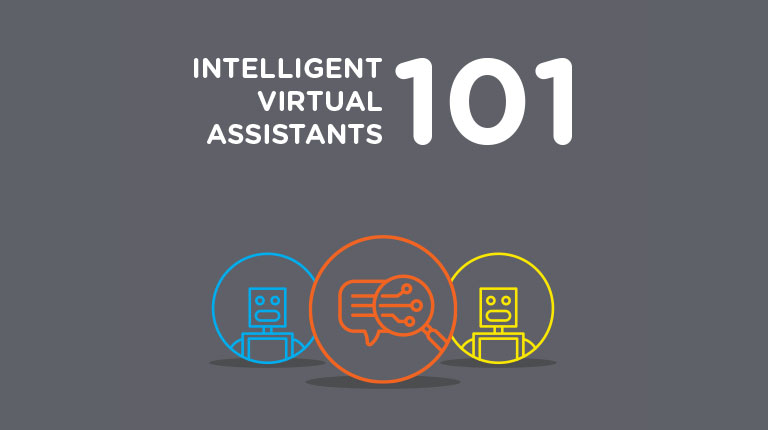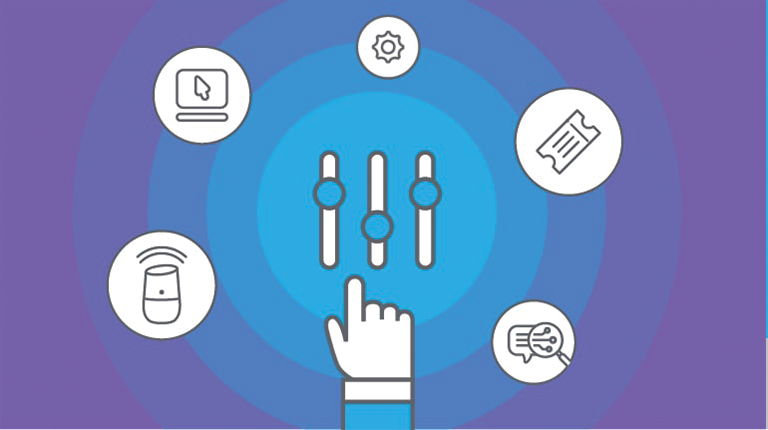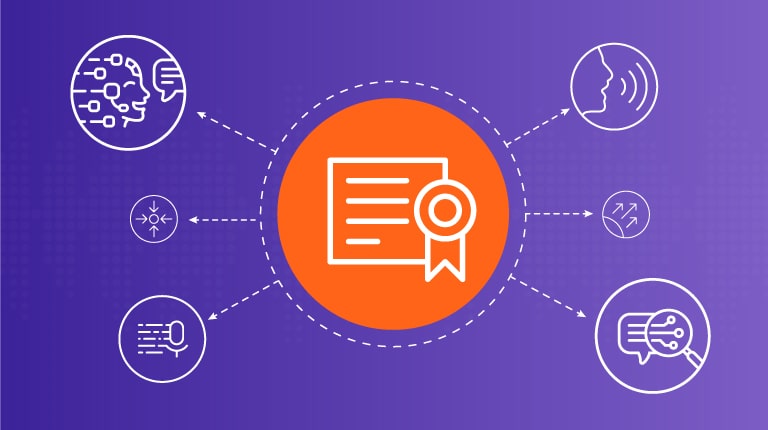Artificial Intelligence (AI) has come a long way in the past decade. Machines can communicate with humans like never before. Some are even smart enough to react and adapt in real time based on the flow of conversation.
Those of us who work in industries like applied AI for customer service get to see this technology advancement occur up close. In the last few years, I’ve witnessed the surge of Conversational AI applications, both voice and text based, ranging from simple chatbots to more advanced, contextual, and sophisticated Virtual Assistants. Automated customer service has been taken to the next level.
However, I also acknowledge that AI is still far away from being self sufficient.
Which begs the question: With such advanced technology, why does AI still needs humans?
Simply put, AI still needs humans to learn, stay relevant, and fall back on when needed.
Brand and consumer communication is always evolving. Without humans in the loop, AI risks not keeping pace. Below are three reasons that Conversational AI currently falls short of perfect for many brands:
-
Digital Natives
As consumers become more digitally savvy, they are able to accomplish a lot more on their own before actually contacting the brand. It’s highly likely that digital natives have already swept through the brand’s website or mobile application, the online community, and social media for answers. Research has shown that as brands offer more self-service tools, the complexity of customer service queries has increased. In other words, when digital natives contact the brand, the query is far more complex, one off, and long tail – which are typically difficult to automate using just AI.
-
Global citizens
As brands start catering to global markets and a diverse consumer base, they must ensure they can speak and understand various languages, dialects, and accents. In other words, brands must offer customer service in the form that suits their customers and meets customers where they are. However, when we translate this requirement into building Conversational AI applications, it’s easy to get lost in the trenches of building numerous language, acoustic, and intent models and keeping them trained and tuned, which is difficult to scale.
-
Expectation of obsession
Consumers compare every experience with a brand to the best they’ve ever had. Therefore, they are trained to expect high quality care, no matter where they go. So when it comes to encountering bad or insufficient technology, customers have little patience. And with increasing familiarity with Conversational AI in smart speakers like Alexa and Siri and Google Home, consumers expect every conversation with a machine to be as natural and conversational as asking Alexa for the weather, regardless of the complexity of the transaction.
With the above challenges, we have barely scratched the surface of what modern customer service faces. And, you may be thinking of how a human-to-human interaction would be better equipped to handle these challenges. But it’s important to remember the reason that we are looking toward automation with AI in the first place–to allow for scalability. AI can overcome these roadblocks, and more, if it learns from the best–humans. Combining the scalability of AI systems with the empathy and understanding of humans is the winning combination.
As brands prepare to tackle these challenges in 2020, here are some of the ways AI and human intelligence can be blended to achieve the best of both worlds:
-
Warm handovers:
Let’s start with the basics. AI can increase a human agent’s productivity by taking over the mundane, transactional, and even data-driven parts of the transaction. Then, human agents can be called on when empathy, negotiation, or retention skills are needed. Graceful transitions and handovers between the two are essential for a seamless customer experience. Those building the Conversational AI systems should employ these methods of a warm handover so that the agents don’t start from scratch and have to repeat questions that were already asked to the customer. Simple authentication status, initial intent, and customer sentiment transfers can go a long way.
-
AI helping humans:
AI should empower the human customer service agents and not come off as a job threat. AI has a tremendous power to search through databases in a fraction of a second and offer contextual help to customer service agents based on the question at hand. The agents can then curate the ’suggested responses’ to fit the interaction. This workflow not only makes agents more productive, but also improves first call resolution (FCR).
-
Humans helping AI in the moment
: There are a few different ways that humans can help AI. For one, AI applications can blend AI and humans in real time, like in our Intelligent Virtual Assistants (IVA), to offer multiple resources of recognition and understanding for complex utterances and intents. We have patented this unique behavior as Adaptive UnderstandingTM. The humans behind the scene, also called Intent Analysts, never communicate with the customers and only get triggered when AI has a low confidence score. This real-time engagement happens in the blink of an eye, and is unseen by end customers. Thus, humans help AI deliver better results without the transaction being completely transferred over to an agent.
-
Humans helping AI after the fact:
And last but not least, humans can annotate, tag, and label data to train and power AI algorithms. The relevancy and sophistication of any AI system heavily relies on the quality of the data provided to it. Data labeling and annotation processes comb through structured and unstructured datasets and mark them to highlight types, similarities, and differences. When such annotated and labeled datasets are fed to AI systems, it’s easier for the algorithms to correctly identify the data and learn from it. As a human race, we are generating more data every second than ever before. These human labelers are helping us utilize this data to power the AI systems.
In conclusion, AI systems are extremely advanced but far from being perfect. Every time they impress us, humans seem to move the goal post. By using various techniques of blending artificial and human intelligence, we are using the best of both worlds and raising the bar of what is considered a “perfect” AI system.





